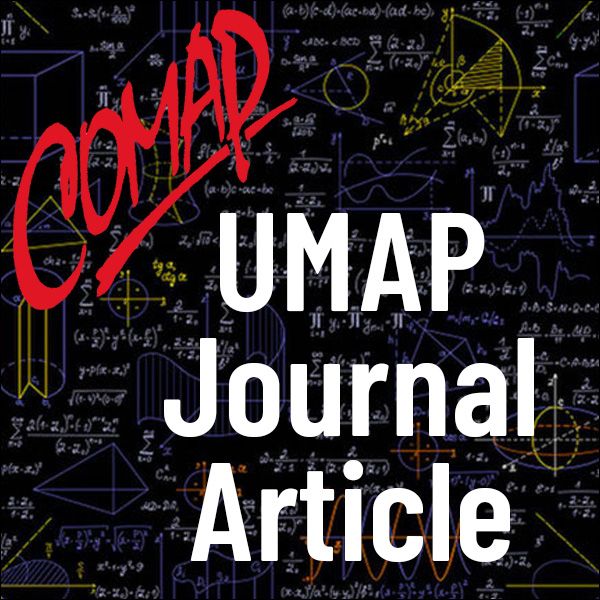Winning Streaks, Shutouts, and the Length of the World Series (UMAP)
Author: William Woodside
In a recent article in this Journal [Brunner 1987], the theory of absorbing Markov chains was applied to the expected number of games in the World Series, using techniques similar to those described in Olinick [1978, Chapter 10, Section IV] and Kemeny and Snell [1967]. Other authors have discussed the waiting time for the first occurrence of a run of M win by either player when two players engage in a series of independent games in which each has probability 1/2 of winning a game. The results were applied to the annual Oxford-Cambridge boat race [Forfar and Keogh 1986; Boyd 1987]. In fact Feller [1970] much earlier had applied renewal theory to the theory of success runs. Keller [1984] computed the probability of a shutout in racquetball, assuming each player has a fixed probability of winning and particular rally; and Marcus [1985] calculated the probability of winning a game of racquetball as a function of the probabilities of winning a rally when serving and when receiving.
In this paper most of the results described above will be derived and extended using only elementary probability theory, without any Markov chain analysis or renewal theory.
Table of Contents:
1. INTRODUCTION
2. WINNING STREAKS
3. WINNING STREAKS IN BASEBALL
4. STREAKS OF WINS OR LOSSES
5. THE DISTRIBUTION OF Wn
6. PROBABILITY GENERATING FUNCTION OF Wn
7. SHUTOUTS
8. GENERALIZATION
9. PROPERTIES OF THE WINNING POLYNOMIALS Wn(p)
10. PROPERTIES OF THE En(p) POLYNOMIALS
11. WHY DO SO MANY BEST-OF-SEVEN SERIES GO TO THE LIMIT?
REFERENCES
ABOUT THE AUTHOR

Mathematics Topics:
Application Areas:
You must have a Full Membership to download this resource.
If you're already a member, login here.